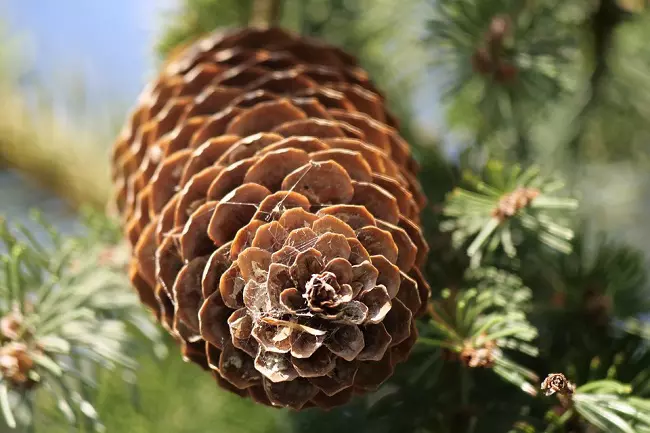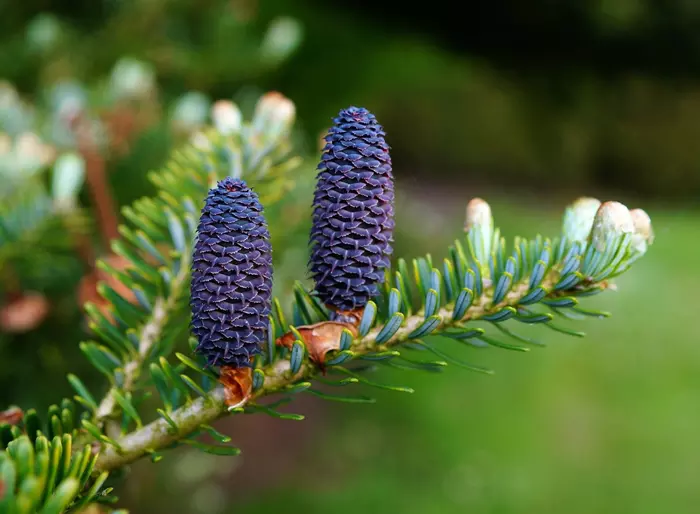The reason pine cones make popping noises in the spring
When standing under a pine tree in the spring, you may be able to hear a constant popping sound coming from above. The gentle sound is mostly audible further away from the noise of the cities, and is actually formed as the cones release the seeds in the warmer temperatures.
As the air gets warmer, the dried cones open up to release the seeds. (Photo: pixabay.com)
Even a park in a busy city can surprise us with nature's riddles - one of which some may consider the popping sounds that seem to come out of nowhere while standing under the pine trees in the spring.
In most of the cases it's not the sound of the birds eating among the branches, nor some kind of bugs making noise: the cones themselves are responsible for it.
As the air gets warmer, the dried cones open up to release the seeds - while if the weather becomes colder, the cones close again. (You can actually try this at home by putting some cones into cold, then hot water.) This mechanism helps the seeds to leave the plant at a time when they will face the best conditions for their survival in their new environment.
In order to provide the best chances for the most seeds possible, this mechanism works precisely in the case of each cone - which is the reason we can hear them opening up at once soon as the temperatures reach the ideal limits.
Some conifer has a very unusual and unique pine cones. (Source: pixabay.com / Karsten Paulick; modified: Richárd Seres-Nagy; License: Pixabay License (Free for commercial use; No attribution required); License link: https://pixabay.com/service/license/; Link: https://pixabay.com/photos/pine-cones-fir-tree-pine-tree-334011/)
When the weather is warm and dry in the spring, the cones - depending on their position - start to open up and release the seeds. It usually starts near the ends of the branches, which are the parts the sun's rays tend to reach more constantly, and it happens a little bit later near the slightly cooler inner parts of the branches. Thus we can hear the popping noises for a longer period of time.
Anita Diós
May 2018

